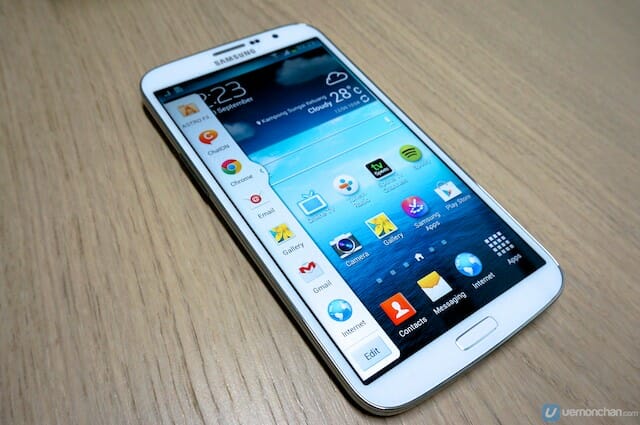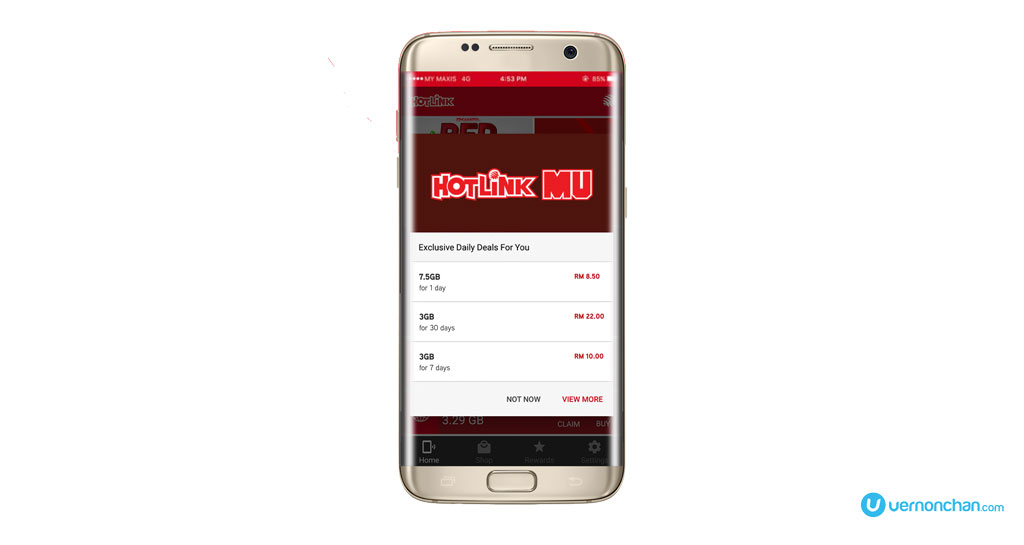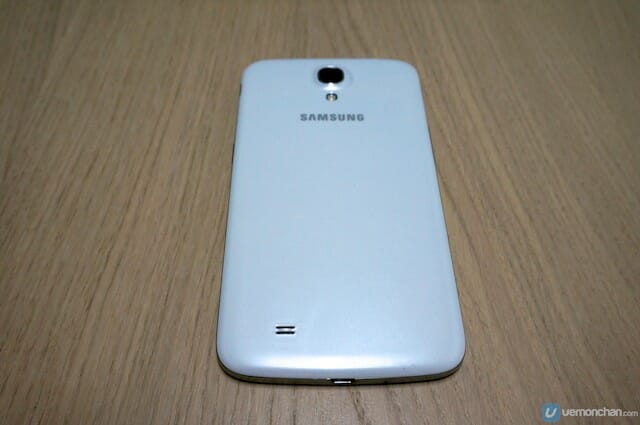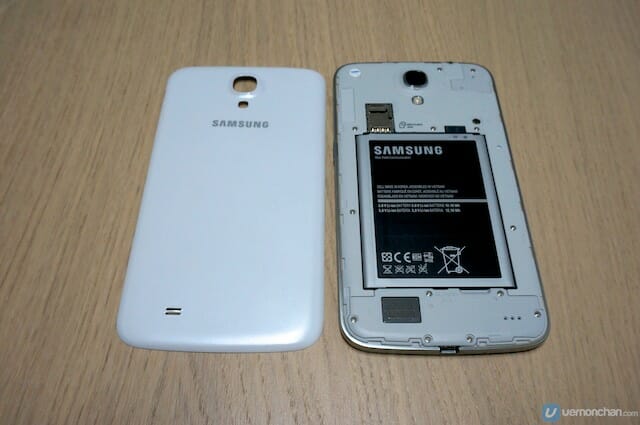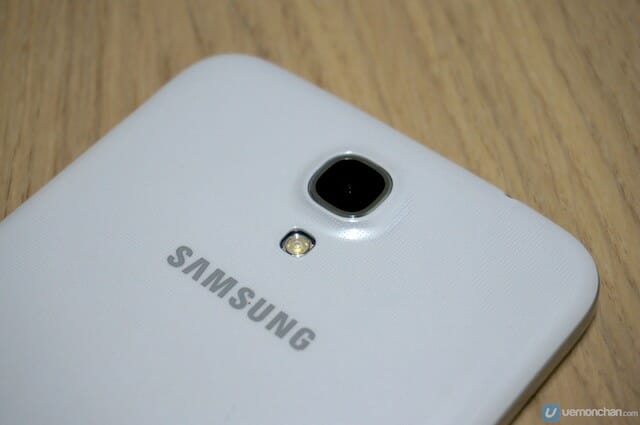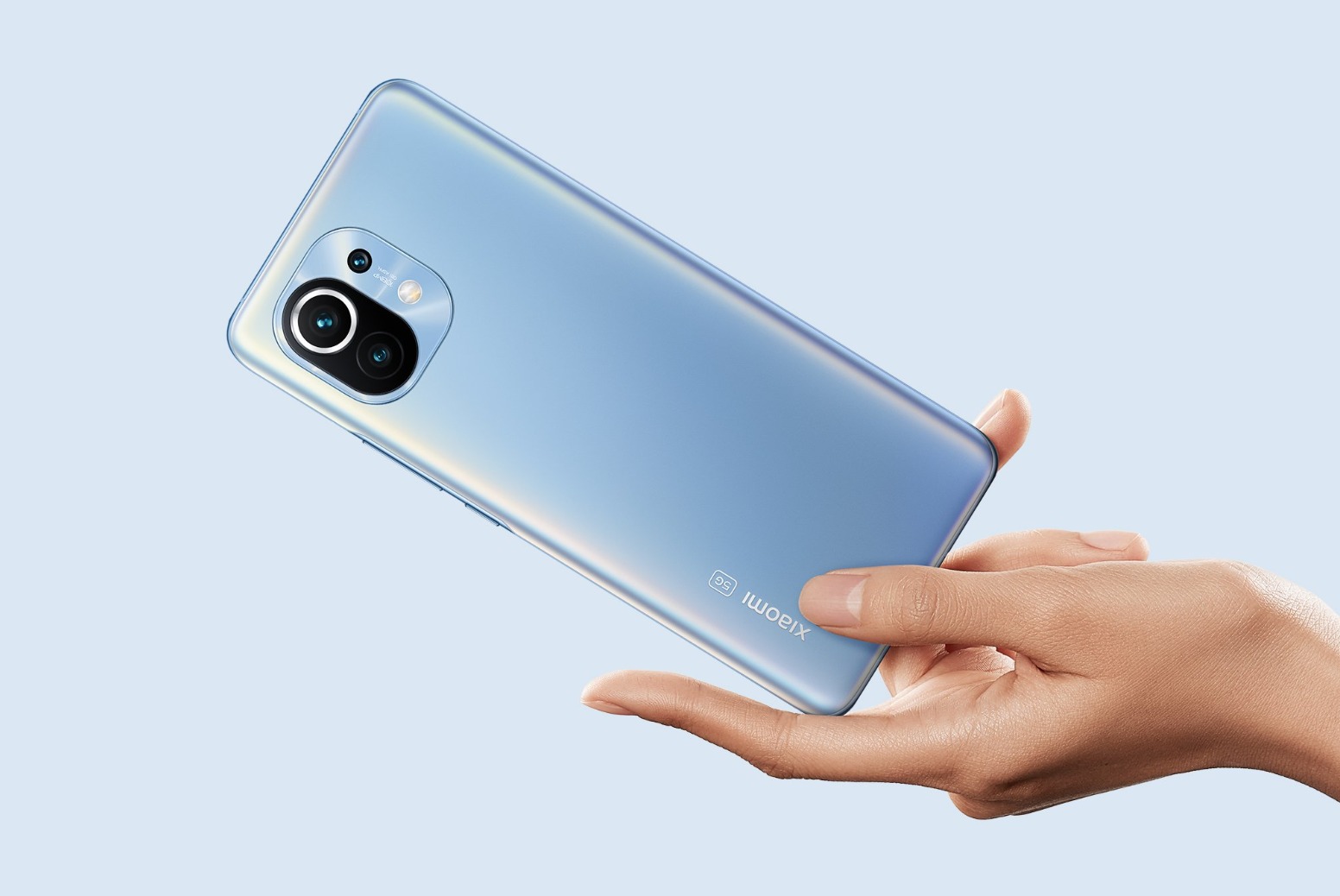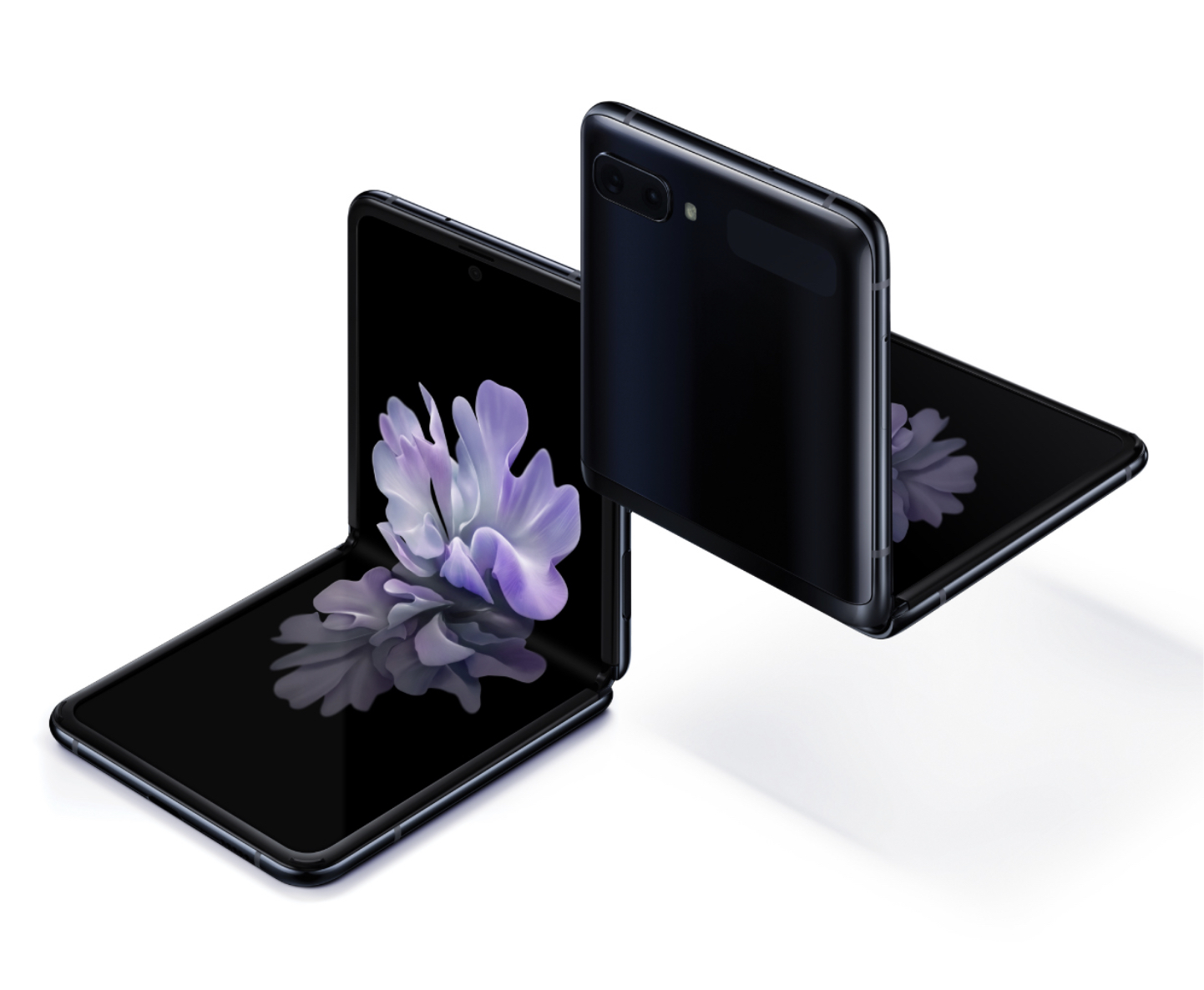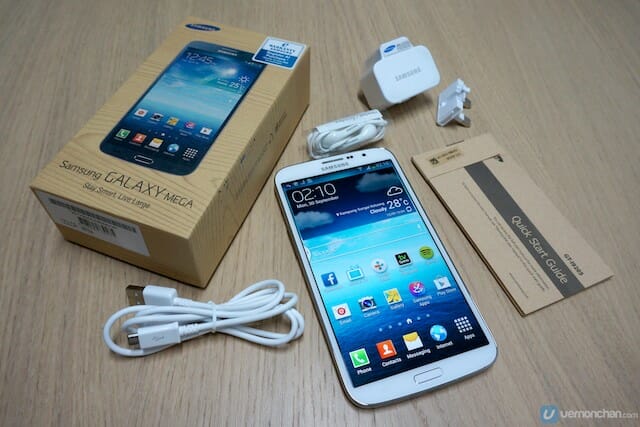
You may think that the Samsung GALAXY Note II was pushing the envelope in terms of smartphone size, but Samsung obviously had other ideas up its talented sleeves. The ‘phablet’ segment was spearheaded by the leading Korean handset maker, and the highly successful GALAXY Note and GALAXY Note II continue to rule the roost. And now, Samsung is taking another step towards tablet-dom with its largest phablet yet, the Samsung GALAXY Mega (GT-I9205).
Design and build
If you’ve seen, touched or used a Samsung GALAXY smartphone before, then the look and feel of the GALAXY Mega would be familiar. In fact, it’s really like a bigger GALAXY S4. Ok, it’s a much bigger S4. The GALAXY Mega follows the less-rounded design language of the S4, with its flatter, metallic rim which turns out quite well. You get the same glossy, polycarbonate finish (and yes, the flaky, flimsy back cover), which is synonymous with every GALAXY device. A well-put together device nonetheless.
Big could be the understatement of the century when you describe the GALAXY Mega, because it is what it is. It’s barely pocketable, but thanks to its considerable thinness and lightness (167.6 x 88 x 8mm, 199g) it can still slip into your jeans pocket… standing up. No unwieldy bulges to attract unwanted attention. Good luck on the way down though.
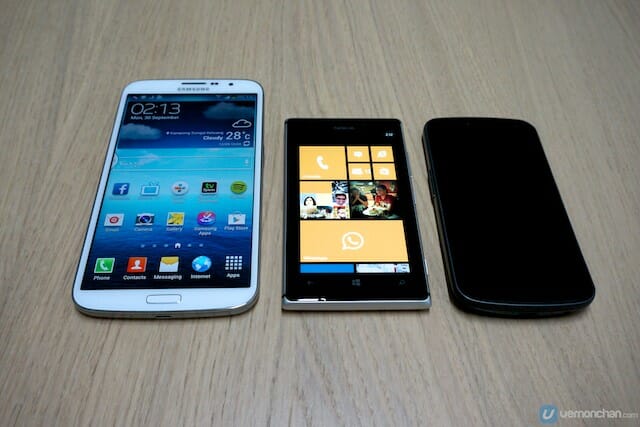
With its dimensions, I found it only comfortable holding it with two hands. You can customise the GALAXY Mega for one-handed use, but it’s a stretch. Literally.
On the front panel, you have the tactile home button, sandwiched by the soft-key Back and Menu button. At the top of the device, a 3.5mm audio jack, IR port and mic. On the right edge is the power button and on the opposite, volume control. At the bottom is the microUSB port for data-sync and charging; and a speaker grill.
On the back is a 8MP camera module with LED flash arranged vertically.
Key features
Obviously what Samsung wanted to do with the GALAXY Mega was to satisfy a certain niche of users who want a (really) large display, without paying a hefty price for a flagship device. And in that sense, the GALAXY Mega succeeds. The 6.3-inch HD Super Clear LCD is a 720p (1280 x 720 @ 233PPI) display, not the best Samsung can offer considering its prowess in display technology, but certainly not the worst. In fact, despite its lack of pixels per inch, the 720p SC-LCD is sufficiently bright and sharp, with good viewing angles.
Despite its shortcomings, the GALAXY Mega’s mega display is still its biggest (pun intended) selling point, and I can’t deny that I found myself watching a lot of high-definition Youtube videos and video content from Viki due to its generous real estate.
The GALAXY Mega sports a dual-core 1.7Ghz “Krait-class” Qualcomm Snapdragon 400 processor with Adreno 305 graphics, a competent mid-range performer; and packed with 1.5GB RAM.
As with most, if not all in the GALAXY stable, Samsung chose to not skimp on hardware specs on the GALAXY Mega – packing NFC, multiple radios including LTE (depending on markets), Bluetooth 4.0, dual band WiFi 802.11 a/b/g/n, and NFC.
The only drawback is its remarkably small 8GB storage (although expandable to up to 64GB via microSD). With TouchWIZ and myriad bloatware, usable user storage is barely 5GB. It’s akin to a big burly man wearing seriously tiny bike shorts. Can’t imagine? Neither can I, frankly.
The GALAXY Mega also packs a 3,200mAh battery, assuring its longevity throughout the day. Samsung quotes up to 17 hours of talk time, and up to 390 hours standby time with LTE. I was able to get a full-day’s worth of use (12 hours) with non-LTE, normal daily use.
Camera
Imaging has always been a department that Samsung has excelled in, at least in features if not for sheer quality of images. The 8MP main camera isn’t a surprising addition, even as a mid-ranger, considering that 8MP is quickly becoming a base-standard on smartphones these days. The 8MP does its job well, and coupled with Samsung rich array of camera tools including Smart Mode, HDR, its a reliable shooter in general circumstances.
Low-light performance is a little of a mixed bag. Noise levels and sharpness is of course highly dependent on the amount of light the camera sensor is able to capture (stating the obvious, here). At times, I would be able to take a reasonably good low-light shot, but in other attempts a noisy one with blurred imagery. Having said that, perhaps not a limitation of the camera wholly, but also influenced by the steadiness of one’s hand when capturing low-light shots.
Video capture is quite good, captured at 1080p @ 30fps. Overall quality of footage is good, with good colour saturation and details.
The front camera is a 1.9MP shooter, good for HD chat, and selfies.
Sample shots from the GALAXY Mega, unedited:
To be continued in Part 2: Software, Performance, Battery Life and Wrap-Up


